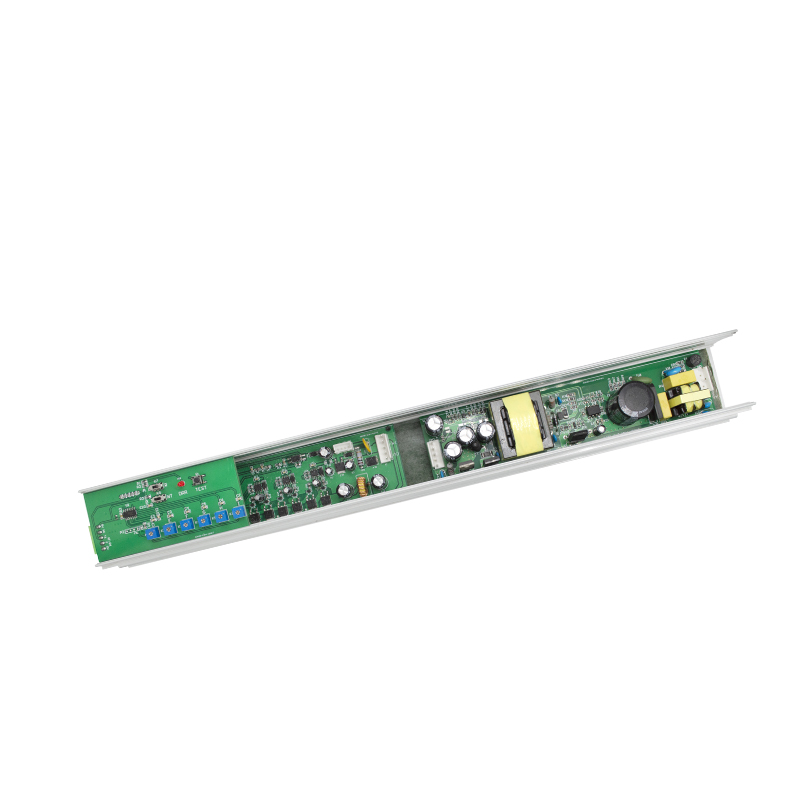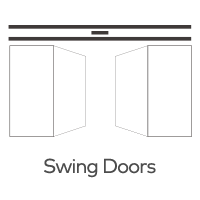How does a door controller work in an access control system?
In modern security setups, access control systems play a vital role in safeguarding buildings, offices, and facilities by managing and regulating entry to specific areas. Among the essential components of an access control system is the door controller. This device serves as the gateway between the physical door and the central access control system, enabling secure and efficient access management. In this article, we will explore how a door controller works in an access control system and its role in enhancing security and control.

1. Definition of a Door Controller:
A door controller is an electronic device that manages access to a specific entry point, such as a door, gate, or turnstile. It acts as an intermediary between the access control software and the physical locking mechanism of the door. The door controller is responsible for processing access credentials and determining whether an individual is authorized to enter a particular area.
2. Communication with Access Control Software:
The door controller is connected to the access control software through a network, usually using Ethernet or Wi-Fi connections. This connection allows constant communication between the central access control system and the door controller, enabling real-time data exchange and access control updates.
3. Processing Access Credentials:
When an individual presents an access credential, such as a key card, key fob, or biometric data, to gain entry, the door controller processes this information. It checks the credentials against the authorized user database stored in the access control software.
4. Authentication and Authorization:
The door controller performs two essential tasks - authentication and authorization. Authentication involves verifying the validity of the access credential presented by the user. It checks if the credential is genuine, unexpired, and matches the user's identity. After successful authentication, the door controller proceeds to authorization, where it checks if the authenticated user has permission to access the specific door or area. The access rights are based on the user's role, time of day, or other customizable factors set in the access control software.
5. Decision Making and Door Operation:
Based on the results of the authentication and authorization processes, the door controller makes a decision to grant or deny access. If access is granted, the door controller sends a signal to the physical locking mechanism to unlock the door momentarily, allowing the user to enter. If access is denied, the door controller keeps the door locked, preventing entry.
6. Logging and Reporting:
The door controller also plays a role in recording access events. It logs each access attempt, whether successful or unsuccessful, along with the date, time, and user identification. This data is stored in the access control software and can be accessed later for security auditing and reporting purposes.
Conclusion:
A door controller is a critical component of an access control system that bridges the gap between the access control software and the physical entry point. It processes access credentials, authenticates users, and determines whether access should be granted or denied. Through constant communication with the access control software, the door controller provides real-time access management, enhances security, and allows for detailed access event logging and reporting. Overall, the door controller is a key element in creating a robust and effective access control system that ensures the security and safety of buildings and facilities.







